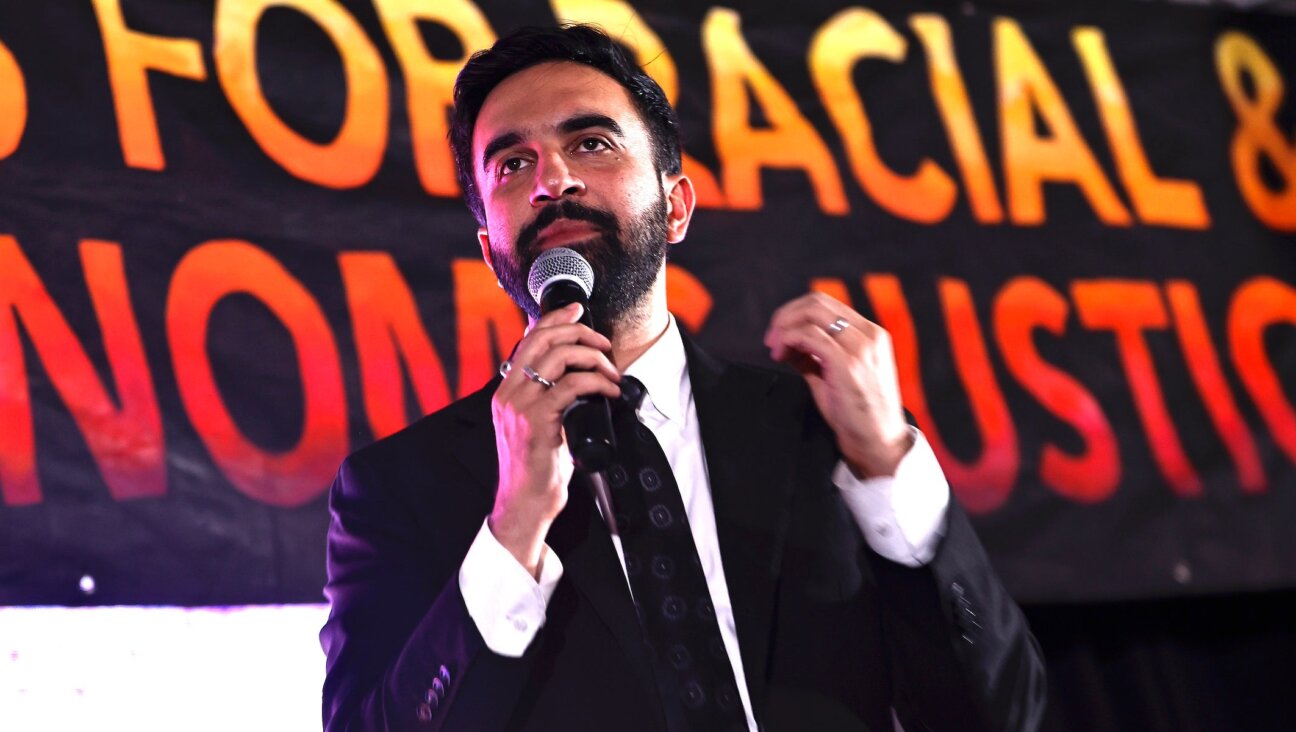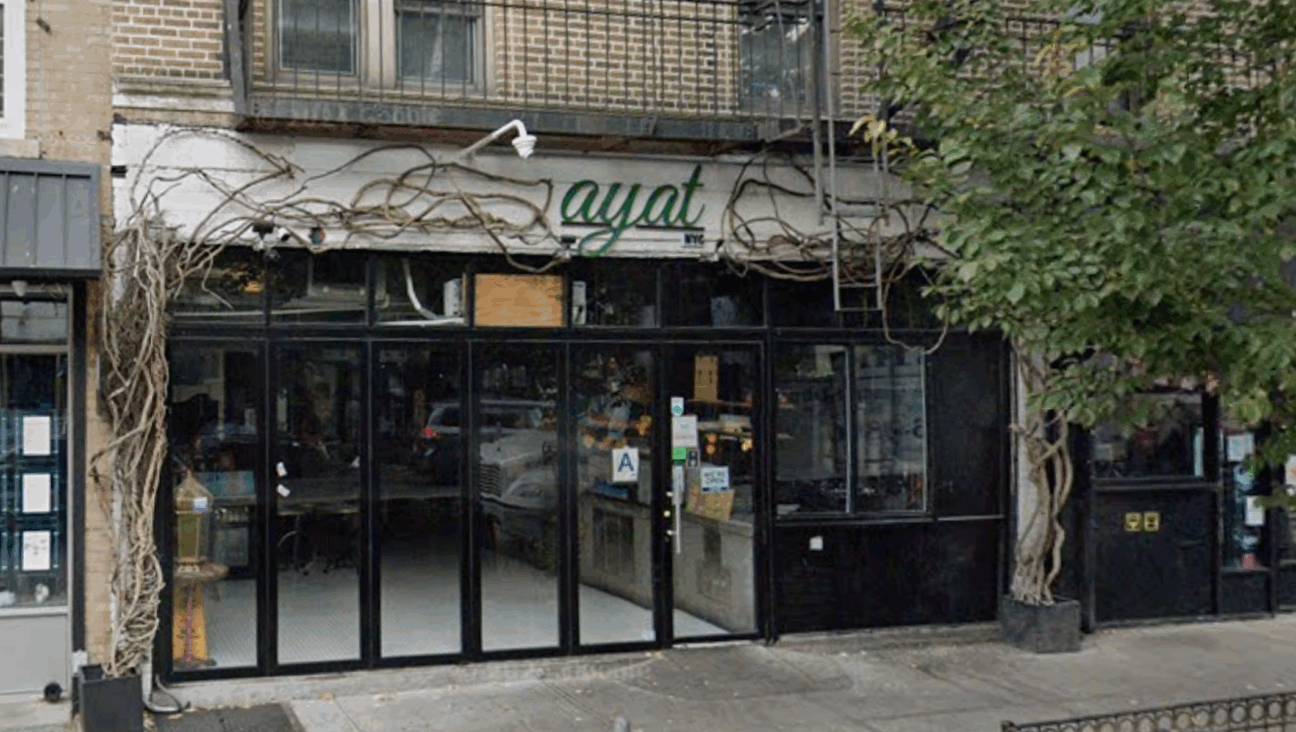Do We Care How Sarah Jessica Parker ‘Does It’?

Graphic by Angelie Zaslavsky
The studio that made the movie “I Don’t Know How She Does It” knew they could bank on women like me to buy a ticket. When I read the novel after it first came out in 2002, I confess that I could relate: as the working mom, I chuckled in recognition at the heroine, Kate Reddy, in her kitchen exhausted late at night, busy “distressing” a pie so that it would look homemade at the school bake sale the next day.
And as a member of the “Sex in the City” generation, I just couldn’t resist the opportunity to view Sarah Jessica Parker no longer playing a young and single and carefree urbanite, but a middle-aged and harried suburban mom balancing career and family, just like me (only skinnier.) So despite the decidedly lukewarm reviews, I dutifully went to the theater like a predictable member of my demographic, grabbed my bucket of popcorn, and settled in.
As I walked out, all I could think about was how dated the film felt. Could so much have changed in the decade since between the book and the movie? Apparently it could.
In today’s stomach-churning roller coaster of an economy, how can any of us feel the least bit sorry for a business-suited woman with a high-powered, high-paying, prestige job in banking, a Pottery Barn-perfect spacious home on a leafy street in the Boston suburbs, a cute supportive husband and two adorable preschool children?
Yes, Kate Reddy/SJP’s schedule was hectic, her nanny was undependable, her co-workers were unsupportive, her husband and children yearn for more quality time with her, and she weeps over missing milestones like her son’s first haircut. Boo hoo hoo.
And then there were the other mothers. Kate and her working mother counterparts were juxtaposed against the “Momsters” – the awful bourgeois judgemental stay-at-home mothers who were busy making homemade bake sale treats – that is, when they managed to leave the gym.
The film made me realize how, in 2011, discussion of the “Mommy Wars” – where career women and pampered housewives battle for status as superior mothers – feels about as current as the Revolutionary War.
When I look around at my friends, none of us fall neatly into either of these two categories.
We have all dipped in and out of full-time work, full-time parenting, and everything freelance and part-time in-between.
And our positions have far less to do with choice than with necessity. People get laid off, companies fold. The stay-at-home mom may very well be staying at home these days because opportunities and salaries in her field have dwindled, and the remaining employment options make it a better economic choice. The working mom may have intended to stay home, but ended up working so because her husband’s unemployment or underemployment required a second income. Those who do stay home out of choice are not spending their day on the treadmill, they are busy with 24/7 childcare, often under the economic strain of living on a single income.
Of course, these stereotypes were never completely accurate, but now more than ever they seem to have as little relationship to this woman’s reality as does the lead character’s romantic dilemma of having to choose between Pierce Brosnan and Greg Kinnear. (Again, boo hoo hoo.)
Sorry Sarah Jessica, I know you tried hard to embody the struggles of today’s working mom, but it just didn’t happen. Next time, if you want our sympathy, you’re going to have to find a character that has some real problems.
















